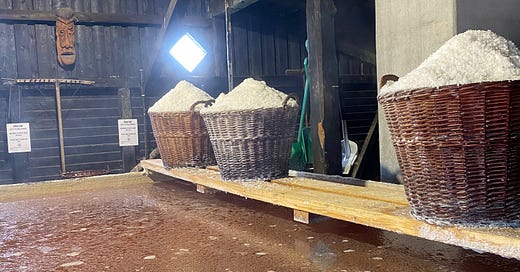Walking toward the kitchen suddenly felt like walking through molasses. I had just finished editing a document in my home office and was ready for lunch so left my desk for a bathroom break, then som…
Keep reading with a 7-day free trial
Subscribe to POSER to keep reading this post and get 7 days of free access to the full post archives.




